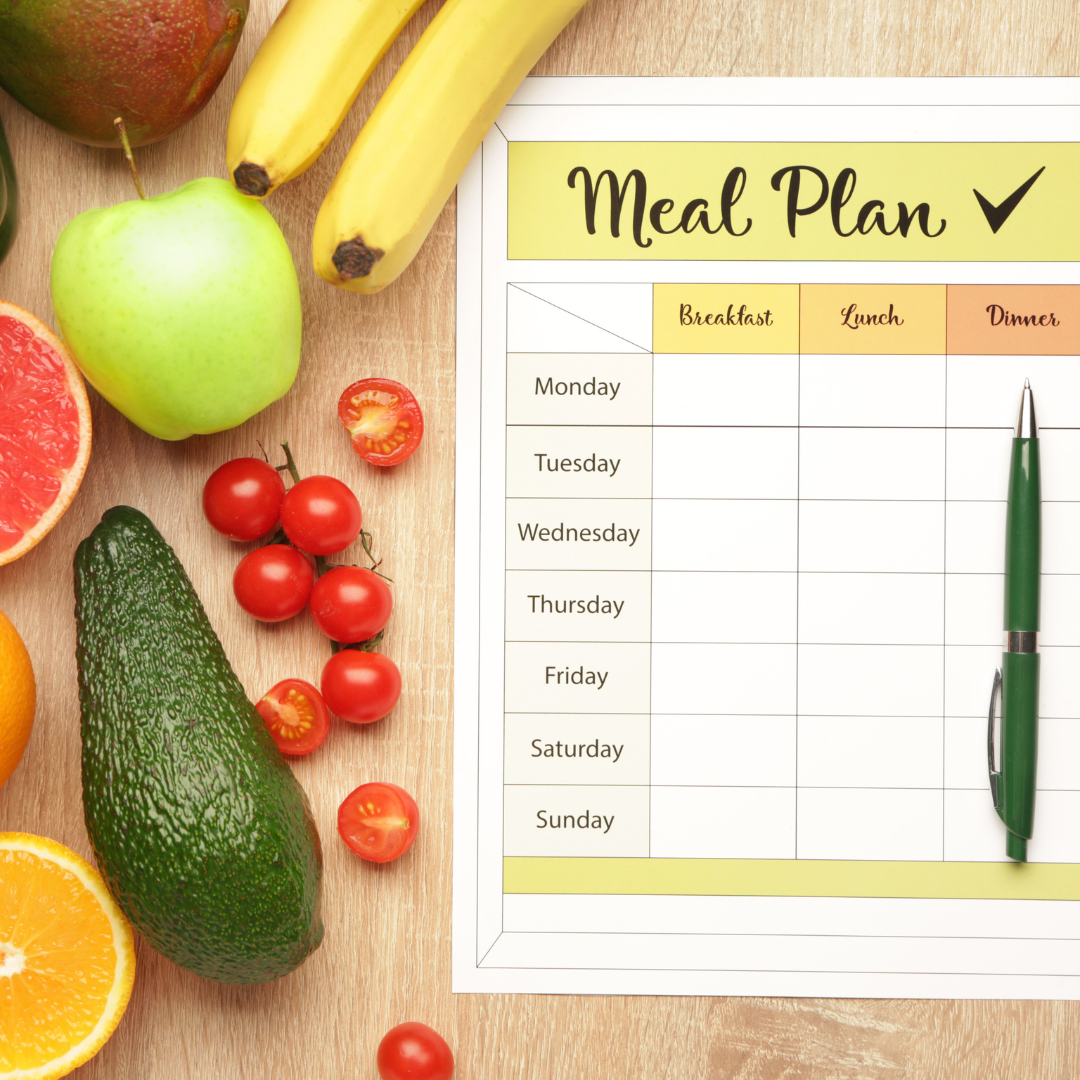

Balanced meal planning is all about incorporating a variety of nutritious foods from different food groups to ensure your body gets the vitamins, minerals, and energy it needs.
✳️Food selection is crucial for maintaining good health and getting proper nutrition. Starting with a step-by-step process for food item availability can help ensure you have a variety of nutritious options. And meal planning is essential for staying on track with your health goals and making sure you’re getting balanced meals. Here’s a guide to get you started:✳️
1. Understand MyPlate:
The USDA’s MyPlate https://www.myplate.gov/ is a helpful tool that divides your plate into sections representing the recommended proportions of different food groups:
Half your plate: Fruits and vegetables (aim for variety and colorful options)
Quarter of your plate: Whole grains (brown rice, quinoa, whole-wheat bread)
Quarter of your plate: Lean protein sources (fish, chicken, beans, lentils)
2. Focus on Variety:
Don’t get stuck in a rut! Include a rainbow of fruits and vegetables throughout the week. Explore different lean protein options and whole grains to keep your meals interesting and ensure a wider range of nutrients.
3. Portion Control is Key:
While MyPlate gives you a general idea of proportions, portion sizes can vary depending on your age, activity level, and dietary needs. Use measuring cups, bowls, or your own hand as a guide to keep portions reasonable.
4. Plan Your Meals:
Taking some time each week to plan your meals can save you time, money, and unhealthy impulse decisions. Here’s how:
Inventory: Check your pantry, fridge, and freezer to see what you already have on hand.
Pick Recipes: Browse cookbooks, websites, or meal planning apps to find healthy recipes that fit your taste and dietary preferences.
Create a Shopping List: Make a list based on your chosen recipes and any additional staples you need.
5. Prep Some Things in Advance:
Prepping some ingredients ahead of time can make healthy eating even easier during busy weeks. Here are some ideas:
Wash and chop fruits and vegetables.
Cook a big batch of whole grains like quinoa or brown rice.
Portion out snacks like nuts or yogurt.
6. Don’t Forget Healthy Fats:
Healthy fats are essential for a balanced diet. Include them in moderation from sources like avocados, nuts, seeds, and olive oil.
7. Make it Sustainable:
Don’t try to overhaul your diet overnight. Start by making small changes and gradually incorporating more balanced meals into your routine. Be flexible and find healthy options that fit your lifestyle.
Additional Resources:
Sample Meal Plans: https://www.eatingwell.com/article/289245/7-day-heart-healthy-meal-plan-1200-calories/
Tips for Meal Planning: https://www.everydayhealth.com/diet-nutrition/meal-planning/

